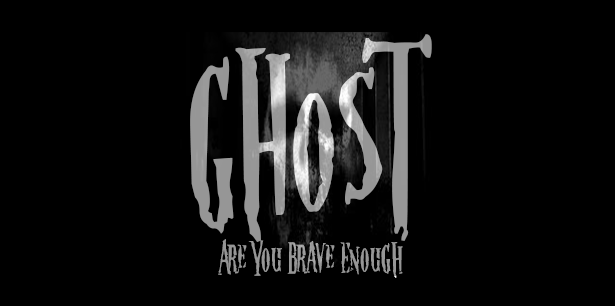Shadows and Spirits: Unraveling the Haunted History of The Flask in Highgate
- Gary Taylor-Green
- Sep 6, 2023
- 3 min read
The Flask: Where History and Hauntings Converge in Highgate
Amidst the cobbled streets and ancient corners of North London's enclave, Highgate, a tale of terror and the unknown weaved its chilling grasp during the early to mid-1970s. The tranquil facade of Highgate Cemetery, renowned as one of London's most haunted domains, became the epicenter of an ominous pursuit—one that sought the elusive,

the undead, the very embodiment of a mythical vampire.
Yet, in the midst of this otherworldly tumult, another haunt existed in Highgate's dark embrace—a haven of spirits and stories known as The Flask.
Steeped in the annals of time, The Flask's origin stretches back to epochs preceding the opulent era that now envelops Highgate. Born in fragments over centuries, the structure's oldest sinews date back to 1663, a testament to the passage of time and the secrets it holds. The heart of the tavern was formed in the 1720s, its very essence growing with each addition, until the final touches completed its form around 1800.
Yet, hidden within its walls lies a tale whispered among shadows—a story of clandestine acts and
morbid curiosity. Legend claims that The Flask bore witness to the first secret autopsy, an eerie operation carried out in the hushed confines of the Committee Room. It was a grim dance orchestrated by resurrection men, who pilfered a fresh corpse from the cemetery to satiate their illicit pursuits.
As the years ebbed and flowed, The Flask became a haven for creatives—artists and writers seeking solace within its walls. Byron, Shelley, and Keats graced its thresholds, imbibing spirits as they forged their literary legacies. Among them, William Hogarth sketched a peculiar tableau—one of patrons locked in a battle of tankards turned weapons, a testament to the revelry and rivalry that once thrived within.
The Flask's history, however, hides more than the mirthful echoes of its past. It's whispered that infamous highwayman Dick Turpin, a phantom of the law, found refuge in its subterranean realm when danger lurked above.
Such a history, rife with passions and peril, has left an indelible mark upon The Flask, an imprint felt even by those whose senses extend beyond the veil of mortality.

Within these haunted walls, the ethereal presence of the Spanish barmaid lingers—a figure of unrequited love and despair. A tale as old as time, her heart ached for the publican who owned her affection. But his heart was bound by wedlock's chains, leaving her love to wither like a flower in the shadow. A final plea, a revelation of her adoration, met the cold truth—their love could never be. Desperation gave birth to tragedy, as her lifeless form swung in the very basement where she'd sought solace. Her sorrow remains, as sobs echo through the night, and her figure, clad in
melancholic specter, tends to her duties once more, wiping down the bar, only to dissolve into the night.

Yet, not even unrequited love is the sole specter. The cavalier, draped in the attire of yesteryears, haunts the main bar—his presence a whisper from a time long gone. With a gaze set toward a window as if awaiting some unseen visitor, he vanishes into the very stone of the room, an apparition tied to his duties, forever bound to his post.
The Flask, ensconced within the North London tapestry, is a beacon of history and haunting, its patrons drawn not just by ale and ambience, but by the ghosts that grace its halls.
Here, in the heart of Highgate, the stories of centuries past converge, waiting for those who dare to step into its shadows and unearth the mysteries that lie within. If you have encountered the unexplainable at The Flask, we beckon you to share your tale within this very realm.

Comments